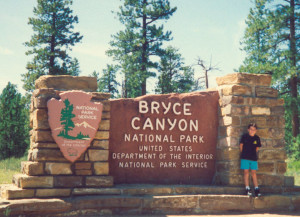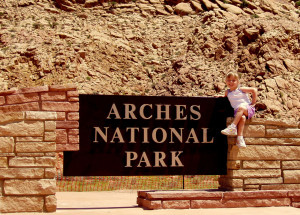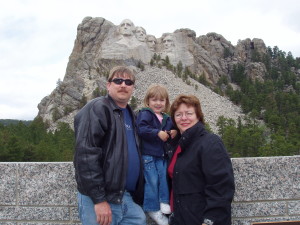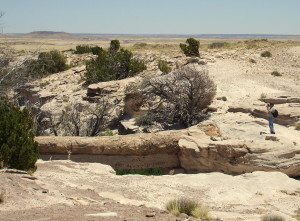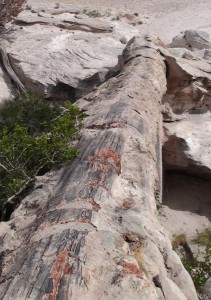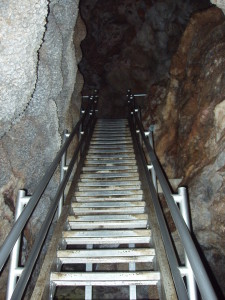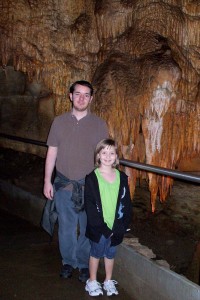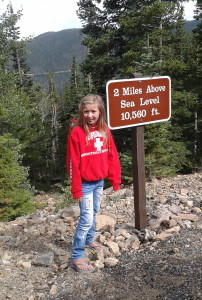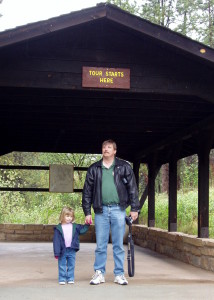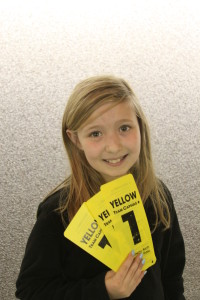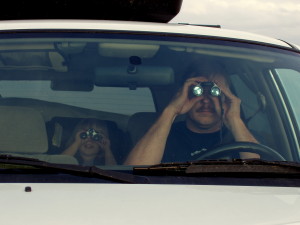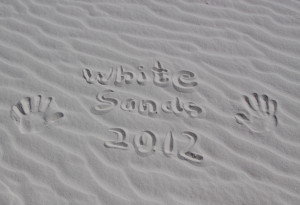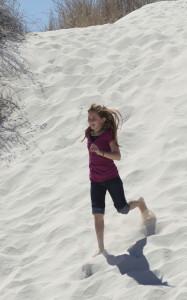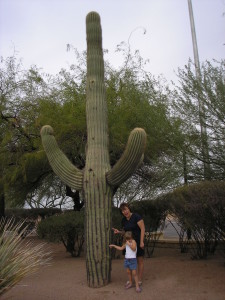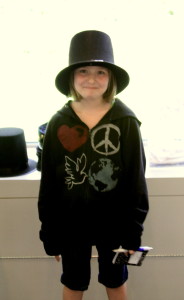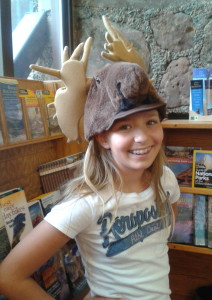As most readers of this blog know – our family loves to take road trips! When I was a young girl I remember taking two different road trips with my parents and sisters. One trip was driving from our home in California across the country to Chicago, Illinois. We made stops in Salt Lake City, Utah to see the Mormon Temple and Yellowstone National Park where we saw numerous black bears walking down the road and stopping traffic. The second road trip that we took was a few years later when we drove from California up the West Coast stopping in Oregon and Washington before reaching our destination in British Columbia and taking the ferry to Victoria Island. Both those trips created such vivid memories for me and I still remember being together as a family traveling across the country staying in small hotel rooms or camping, singing songs in the car and playing games, stopping to eat meals in small restaurants in cities along the way. But what I remember most was seeing the wonderful sites in the various states, such as historic places or National Parks.
Many years later, I wanted to build those kinds of memories for my children and I started planning regular road trips every summer. I would plan our annual trip several months in advance selecting our destination and then researching what interesting sites there would be to see along the way. I would book a variety of accommodations for these various trips which ranged from tent camping in National Parks to more luxurious hotels depending on our destination. Our family has seen the country from coast to coast visiting historical sites, natural history museums, a number of presidential libraries, various aquariums and zoos but I think the places we like to visit most are the National Parks. (For more information about National Park Travel Tips, please click on the link)
Our family enjoyed these trips very much and in this post I would like to share some of the travel tips I learned throughout the years and offer suggestions for planning a Family Road Trip!!
Tips And Suggestions For A Family Road Trip
Planning Ahead
- The first rule of planning a family road trip is to get start as soon as possible prior to the anticipated departure date. The longer time you have in planning the more options can be explored whether it is hotel or activity reservations which can be booked several months in advance. It would be in your best interest to get started as soon as possible since popular destination reservations can fill up quickly and unavailable especially during the summer months.
- Important Travel Advisory: With the internet, visitor information can be easily found, but my recommendation is to always check your sources to confirm that the information is correct. Also when making reservations, especially when using a credit card, always use a secured and verified website.
- Take advantage of current maps, these can be obtained from the internet or the local bookstore or local travel agency (such as AAA). Viewing maps that show the route to and from your anticipated destination can be an excellent way to find sites, attractions or other points of interest for possible stops along the journey.
- Take advantage of guidebooks, these can be obtained through a local travel agency, purchased at a local bookstore or online (such as Amazon.com), or on loan from a local library (this last idea can save money – guidebooks can be expensive for an item that is possibly used only once or twice)
Before leaving
- Have vehicle thoroughly checked prior to leaving on a road trip; be sure that the vehicle is properly maintained and operating correctly. Check fluid levels such as oil and windshield wiper liquid. Check tires for proper inflation and replace if necessary due to tire wear, carry a tire gauge for checking air pressure while on the road. Be sure that spare tire and jack are present in the car and in good operating condition. Check that headlights, rear lights, turn signal lights are operating properly.
- Be sure to have a flashlight (check batteries before leaving and replace if necessary) and pack a few basic car tools (include road flares, reflective light for emergency stops, booster cables) and make sure these are easily accessible if needed.
- Take the time to wash the exterior of the car and clean out the interior; nobody wants to travel in a dirty car. Be sure to clean windows inside and out, vacuum the car floor and between the seats, dust interior dashboard and empty trash containers.
- Prepare and pack special travel items for use during the trip. Items to include: paper towels for spills, moist towelettes for quick wipes, small package of facial tissues, small bottle of hand sanitizer, paper or plastic bags for trash, a basic first-aid kit and blankets or pillows.
- Prepare and pack some food and drinks for use during travel. Items to include: small cooler for water and other beverages (make sure it fits conveniently in the interior of the car and is easily accessible without obstructing driver or passengers), pack snacks (try to select items that are non-messy and relatively healthy) and extra plastic forks, spoons, straws and napkins just in case.
(Please look for a future post with tips and suggestions on handling children on a long road trip and what to pack to keep them entertained in the car and hotel rooms)
The point of a family road trip is to have fun and seeing the wonderful, exciting and educational places that the United States has to offer. Advance planning and preparation will take some of the worry out of the trip. The point of a road trip is to spend time with family, so relax and enjoy!!

